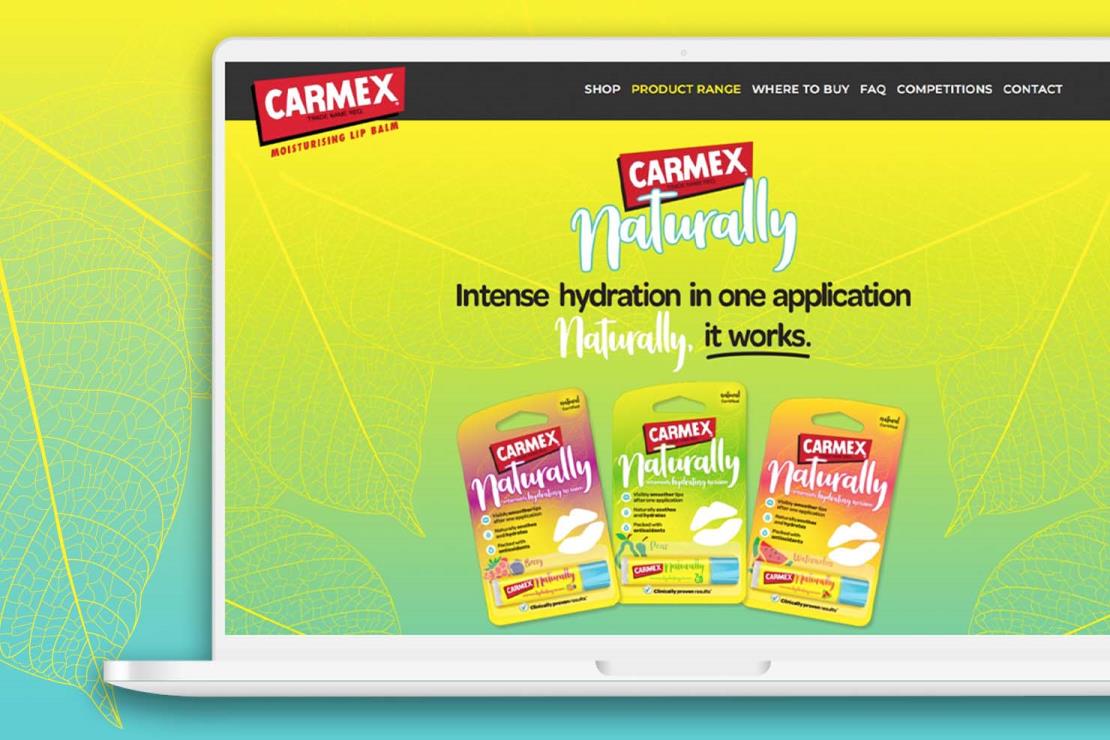Website design platforms
Hundreds of decisions need to be made before you build a website.
The most important – but often overlooked – is which platform you should build in. Each has strengths and weaknesses.

Website platform advice
-
eCommerce expertise
-
SaaS and hosted solutions
-
Buy once, buy right


Not all web platforms are equal
Don’t build your website in a platform because that’s the only one the web designer knows.
No matter which platform you choose, the reality is a website takes a lot of work in refining your marketing messages and formatting content. With eCommerce, choosing the wrong platform can cripple a business (or worse).
The business processes you need to integrate online to make your business model a success is far more important to ponder. Do you need to integrate with your CRM? Do you need very customised contact forms? If you sell online, does the platform handle your complex freight matrix? Or customer-specific pricing? Leave any stone unturned in getting your setup right and it will likely be the difference between profit or loss.
There is no “easy” way to export and import content and products from one platform to another. Go with the wrong platform and the hundreds of hours you’ve put into getting that website up and running will be lost. You essentially start again.
Ensuring you have the right platform to handle the specific needs of your business, and being able to adapt those rules as you grow, is paramount.
In many instances it also means your website budget has to conform to the needs of the business, not the other way around.
Below we take a look at some of the mainstream choices and their pros and cons.
Arguably THE most popular platform on the planet, WordPress does a great job of being able to add a lot of features quickly and easily. It's a great platform for brochure websites and about 40% of the sites we build at Kook.
However, WordPress was never built with eCommerce in mind. Because it was built as a "blogging" platform, its database structure has serious page speed drawbacks for all but the simplest product structures. Why is that critical? Slow pages mean poor rankings = less organic traffic = less customers = less sales.
WooCommerce is an open-source eCommerce solution built on top of WordPress. While it is used for 99% of WordPress stores worldwide, doesn't mean it's the best.
And while the code can be tailored to your needs by a good developer, WooCommerce sites often are bogged down with “bloated” code (code that’s unnecessary for every installation). They also have a lot of moving parts (plugins, themes, etc.) to keep the site functioning properly. The larger these sites grow, the slower they run and the more work they require in ongoing maintenance.
However, it offers more than 100 different payment gateways and doesn’t charge any additional transaction fees beyond the standard fees of the individual payment providers, unlike Software As A Service (SaaS) providers like Shopify.
You also have the comfort of knowing you "own" the website. As long as you have a backup, you can run the site anywhere. If you "rent" a solution like Shopify, Wix, Squarespace, you are at the mercy of their policies and procedures.

Shopify is an all-in-one fully hosted eCommerce platform geared towards users who don’t want a complicated set-up and plan to manage a basic storefront themselves. Ease of use, however, comes at the expense of limited customisation and a monthly subscription fee ranging from USD $29 to USD $299.
Shopify also charges an additional 1%-2% per transaction when using any payment gateway other than Shopify Payments. This is on top of other fees and charges imposed by the third-party payment provider, although if you have both Shopify Payments and PayPal installed you are not charged the additional 2% on PayPal transactions.
A major downside of Shopify is the limitations that exist in terms of customising the checkout process to minimise cart abandonments.
Additionally, while there are many apps available to provide additional functionality, the majority require monthly subscriptions to get the most out of them – which very quickly pushes up costs. Many apps can also be damaging to the website aesthetics and page-loading times, which can impact on user experience and conversion rate.
Finally, and most importantly, Shopify is Software as a Service (SaaS). This means the domain owner doesn’t own the website code. The website code is basically rented from Shopify. You can’t move a Shopify site elsewhere, and the only way to convert a site from Shopify into another system is to completely rebuild it.

Squarespace is a hosted solution, which means you pay a subscription and you don’t actually own the site. It’s not a big issue but needs to be considered. The beauty of Squarespace is that it’s so simple to DIY, however it also has relatively simple design themes, so if you want something to look outstanding, you need to be quite skilled to achieve them. In reality, even someone who installed multiple Squarespace sites is still not going to be able to make them really look great unless they have creative flair anyway, so other platforms should be considered.
Squarespace was originally created as a DIY website builder and has expanded its capabilities to become a fully hosted eCommerce solution. With subscription fees starting from $25 per month, the basic Squarespace platform is still somewhat lacking in terms of basic eCommerce functionality and will require some degree of code changes by a developer.
Squarespace charges a 3% fee on all transactions for stores that are on a Business subscription plan, however if you upgrade to a Basic Commerce subscription ($34 per month) or Advanced Commerce subscription ($52 per month) this is removed.
Squarespace integrates with a range of third-party extensions to help manage and expand your site, including inventory, product management and drop-shipping platforms. Any additional associated fees are billed by the third party, who also has the ability to change functionality, pricing and integration requirements at any time.
Like Shopify and Wix, Squarespace is also Software as a Service (SaaS). The domain owner doesn’t own the website code, it is basically rented from Squarespace, with very strict limitations on development. You can’t move a Squarespace site elsewhere, and the only way to convert a site from Squarespace into another system is to completely rebuild it.

Wix is a DIY website builder with various tools and templates that enable someone with no technical expertise to create a website from scratch. It is also possible for experienced developers to create more intricate and complicated websites using the platform.
Like Shopify, Wix has a paid subscription – starting from USD $18 per month – with a range of free and paid apps that can be installed with varying reliability and consequence.
Unlike Shopify, there are no in-built transaction fees charged in addition to standard payment gateway fees. It is important to note, however, that Wix is not suitable for Apple Pay or Amazon.
Finally, like Shopify, Wix is Software as a Service (SaaS). This means the domain owner doesn’t own the website code. The website code is basically rented from Wix, and often has strict limitations on development. You can’t move a Wix site elsewhere, and the only way to convert a site from Wix into another system is to completely rebuild it.

Magento is an eCommerce-first open-source platform, meaning it has been developed with the sole purpose of providing the most robust features for an eCommerce business. It allows for the most flexible customisation, though has a more complicated set-up that will require the involvement of developers.
Magento is self-hosted, which means that there are annual hosting costs similar to a WordPress website instead of monthly subscription costs associated with Shopify, Wix and Squarespace. There are also no additional transaction fees beyond the standard fees of your selected payment provider.
Magento boasts a very advanced catalogue management system and provides great flexibility regardless of volume. It also has integrated functionalities covering stock control, pricing, quantities, promotions, multiple currencies, shipping, gift cards and discounts.
The main hurdles with Magento are:
Getting started: This platform is not designed to be a DIY solution and while the set-up can be somewhat complicated and require a developer, the pay-off is a significantly more robust and customisable solution.
Hosting requirements: To function at optimal efficiency a Magento store will require self-managed dedicated hosting, which can seem expensive at around $100-$300 per month for the right host.

